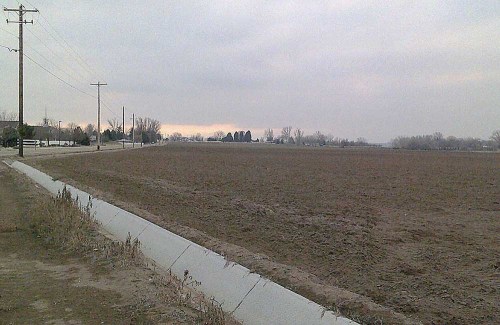Winter outlook leans toward the mild side
Published 5:00 pm Wednesday, October 23, 2019

- The outlook for this winter calls for a modest chance of above-average temperatures.
PORTLAND — Odds modestly favor above-average temperatures in Washington, Oregon, Idaho and Northern California this winter, the National Oceanic and Atmospheric Administration’s Climate Prediction Center said Thursday.
Without a strong signal from Pacific Ocean temperatures, forecasters relied on a trend toward milder winters and long-term climate forces for their outlook for November, December and January.
Sea-surface temperatures at the equatorial Pacific Ocean are neutral — neither unusually warm, as in an El Niño, nor unusually cool, in a La Niña. Even though conditions are neutral, extreme events are possible, NOAA said.
“Without either El Niño or La Niña conditions, short-term climate patterns like the Arctic Oscillation will drive winter weather and could result in large swings in temperature and precipitation,” Climate Prediction Center deputy director Mike Halpert said in a statement.
Forecasters said they have even fewer clues as to how much precipitation will fall. Washington, most of Oregon and most of Idaho have equal chances of normal, above-normal and below-normal amounts of precipitation.
Odds slightly favor below-average precipitation in southwest Oregon and Northern California. Odds are tilted toward above-average precipitation in the Idaho Panhandle.
Climate norms are based on regional median precipitation and temperatures between 1981 and 2010.
Some forecasting models predict a weak La Niña will form by late winter, while other models foresee a weak El Niño. For the winter outlook, NOAA assumed neutral conditions will prevail through the winter and into the spring.
Above-average temperatures are favored in most of the U.S. Temperatures in the Upper Plains are Great Lakes are a toss-up. Nowhere do the odds favor below-average temperatures.
The best odds for a warmer than average winter are in western Alaska, according to NOAA. The ocean around Alaska is unusually warm, and there has been a trend toward later frosts and less sea ice.
The warm water near Alaska could heat air entering the Western U.S. early in the winter, but the uncertainty of whether the water will stay warm limits its value in looking ahead, according to NOAA.
The Northwest will enter the winter fairly wet. There are no drought conditions in Washington, Oregon, Idaho and Northern California, the U.S. Drought Monitor reported Thursday.
Parts of Western Washington and Oregon are still classified as “abnormally dry” after a summer of being in a “moderate” or “severe” drought.






